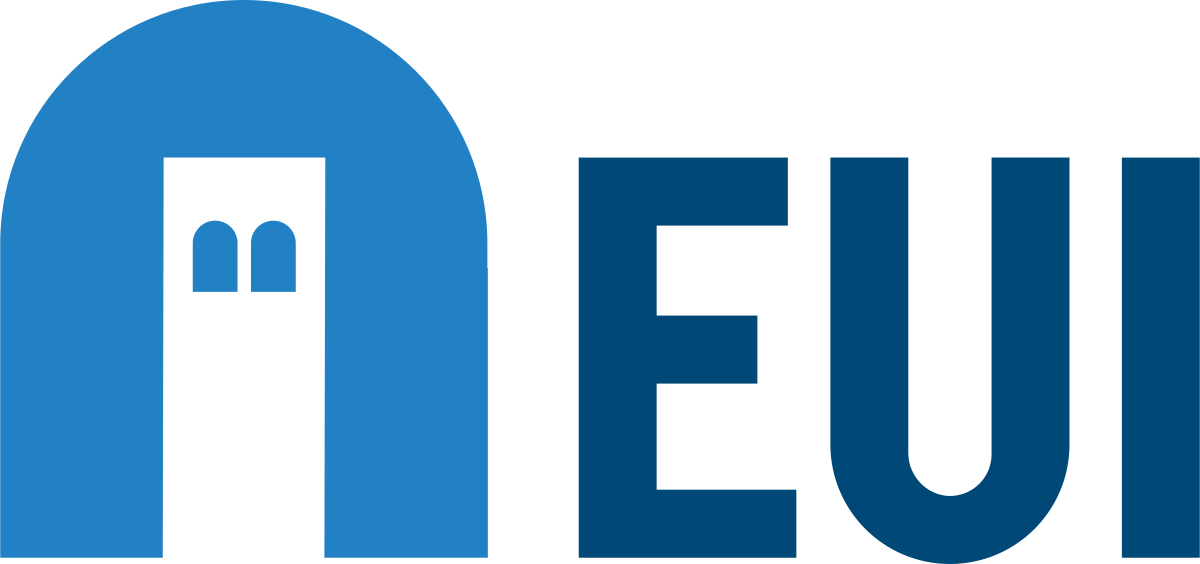The project will be developed over a 3-year period and has been organised along the following work packages:

WP1: Ethics requirements
The objective is to ensure compliance with the 'ethics requirements' set out in this work package.

WP2: Products and services definition in support of OneNet
The overall objective of this WP set the basis of the work to be done in the OneNet proposal. That is to say, it will look back to the market solutions and digital platforms presented so far in the EU pilot projects, revisit European policy frameworks, summarize their contributions and benefits and build on this information to sketch the new products and business use cases proposed in the OneNet approach. These products and business use cases will engage strongly the consumers in order to maximize the flexibility resources that the grid operators can use to meet the clean energy challenges. The differences among EU markets will be reviewed and specific priorities for KPIs, Scalability and replicability of Onenet solutions will be devised in order to enable the pan-EU integration of these new services and products digitally procured for system operation.

WP3: Integrated and coordinated markets for OneNet
The overall objective of WP3 is to design efficient, integrated and scalable markets for the procurement of system services by DSOs and TSOs with seamless coordination between DSOs and TSOs, TSOs and TSOs, DSOs and DSOsand SOs and suppliers/aggregators/consumers/prosumers and this within and cross-countries. The following sub-objectives can be distinguished; WP3 aims to: Define a theoretical market framework for innovative market designs options based on previous and ongoing projects and initiatives; Study market integration aspects and interrelations of new market mechanisms with existing energy and flexibility markets and the overall economic framework; Design integrated market(s) to procure the standardized products for system services as defined in WP2; Analyse potential market distortions and inefficiencies which could arise in integrated markets; To ensure alignment between developed concepts of market design, regulation and the demonstrations in the different clusters, preparing input for the ‘living implementation document on market design’.

WP4: Integrated System Operation for OneNet
The main objective of WP4 is to link the market activities with grid operation with the target to maximize theintegration of FSP e.g. RES. The goal is achieved both at TSO and DSO level while also the customer perspective isconsidered. For a future secure and affordable energy supply, active system management is of utmost importance. ThisWP ensures this step with one technical integration plan that is detailed out from each grid perspective: TSO - DSO- Customer.

WP5: Open IT Architecture for OneNet
The objectives for WP5 are twofold: To design an open conceptual architecture for effective yet seamless operation of a smarter pan-European electricity system where market and network technical operations are coordinated closer to real-time among them and across countries.
To provide requirements, functional and technical specifications, together with interoperable and standardizable interfaces for an open scalable decentralized interconnection of the platform, technology-agnostic adaptable and flexible IT reference architecture which fully supports the OneNet concept and provides the necessary backbone for the WP6subsequent implementation of the OneNet data sovereignty-preserving working space.

WP6: Reference IT Implementation for OneNet
The main objectives of WP6 are: to develop a decentralised middlewaere that will enable the interconnection of energy actors and the seamless datamanagement and exchange; To incorporate the data interoperability, cyber security designs into the OneNet architecture development; To incorporate the big data and the FIWARE layers into the OneNet toolbox; To develop and test the OneNet Interoperable Network of Platforms.

WP7: Northern Cluster Demonstrator
The Northern Demonstrator is an integrated effort by multiple TSOs and DSOs to enable market-driven flexibility uptake by these networks in a coordinated way through multiple markets where liquidity can be reached due to scope or existing trading volumes. Through this demonstration, the project will be able to show the mapping and management of network needs in multiple use cases over multiple networks. Instead of a single network or single network pair dynamics, the demonstrator will focus on how joint and shared mechanisms can be used by multiple networks to demonstrate scalability and contribution towards a pan-European solution. The Northern Demonstrator includes TSO-DSO pairs from four countries and also shows multiple DSO interaction in one of these to demonstrate capabilities to provide network value in multiple DSO countries, of which there are many in Europe. The Northern Demonstrator is enabled by implementing the framework developed in the INTERRFACE and EU-SysFlex projects and scaling up both the number of networks and the capability of the flexibility enabling solution mechanisms.

WP8: Southern Cluster Demonstrator
The overall objective is to prescribe, develop, implement and evaluate two pilot projects in Greece and Cyprus dealing with balancing and congestion management challenges facing system operators in the clean energy era, in compliance with the OneNet overall architecture. The TSOs and DSOs in both countries will share flexibility resources and coordinate their efforts to meet their augmenting regional challenges through grid services stemming from prosumers, aggregators, suppliers, producers, while at the same time they are optimizing the use of network assets and big data processing tools for network predictability and observability. The results will be evaluated to provide recommendations for future market reforms in the region and harmonization for a pan-EU electricity market.

WP9: Western Cluster Demonstrator
The western demo will run in three different countries – Portugal, Spain and France - and will allow for the implementation of a wide range of flexibility mechanisms to address both DSO and TSO needs, including coordination between market mechanisms and the planning and real-time operation of the grids. Several distinct approaches will demonstrate the feasibility of solving different system operation needs in a coordinate environment that favours the active participation, direct or indirectly, of consumers and prosumers. Amongst the main goals to be achieved, increasing integration of renewables and anticipating operating scenarios are relevant priorities. The use case will address long-term planning and short-term operational planning, as well as the realtime operation of the system.

WP10: Eastern Cluster Demonstrator
To develop an interoperable network of flexibility platforms to support the utilisation of various flexibility services, service integration and interaction, as well as the related data exchange. This development will be strongly relying on field test that will be performed on various locations and will be supported by various groups of Demo ClusterEast. Partners of the Demo Cluster East will develop and extend capabilities of existing flexibility market platforms for TSO and DSO grid services, which will be standardized to an appropriate European format. The development will be focused in particular on four areas: definition of new standardized flexibility services, elaboration of related market-based product and grid prequalification processes, the conceptualisation of location-based service activation and the coordination of access to local and system-level services.

WP11: From OneNet demonstrators to EU wide implementation of coordinated market schemesand interoperable platforms for standardized system products
The overall objective of WP11 is to analyse the results of the different cluster demonstrations to extract conclusions for EU implementation, including the corresponding supportive policies to enable TSOs-DSOs-customers to procure standardized system products in a coordinated manner through interoperable platforms. To accomplish this overall objectives the following sub-objectives will be addressed: Evaluation of the technical, economical and regulatory aspects for standardized products; Assessment of the feasibility implementation of market schemes and their impact on the existing markets; Interoperable platforms and data architecture to support TSO-DSO-customers coordination; Scalability and Replicability Analysis of the proposed standardized products, market schemes and platforms for the EU wide implementation; Business models analysis for OneNet solutions; Recommendations for customer engagement strategies; Challenges for the implementation of standardized products, market schemes, data access and management and interoperable platforms in the EU.

WP12: External Interactions for Large Impact of OneNet
WP12 focuses on some of the key dissemination and exploitation activities at large impact. WP13 vice versa focuses on the more classical activities of dissemination. In this sense here, the WP regards large interactions that are expectedto bring unprecedented external effects related to the work in OneNet. Three sets of activities are considered: Interaction with other EU level activities including BRIDGE; Management of the cascading funds; Management of GRIFOn.

WP13: Dissemination and Exploitation
WP13 will develop the necessary communication interfaces with the public (stakeholders, interest groups, media etc.) in order to create awareness of the concepts, technologies and OneNet enabled applications. It will highlight the innovation activities within the project but also actively engage with the relevant stakeholders in policy, regulation, technology, businesses and academia to ensure constant feedback to the project and to prepare the ground for large-scale uptake of our results.
